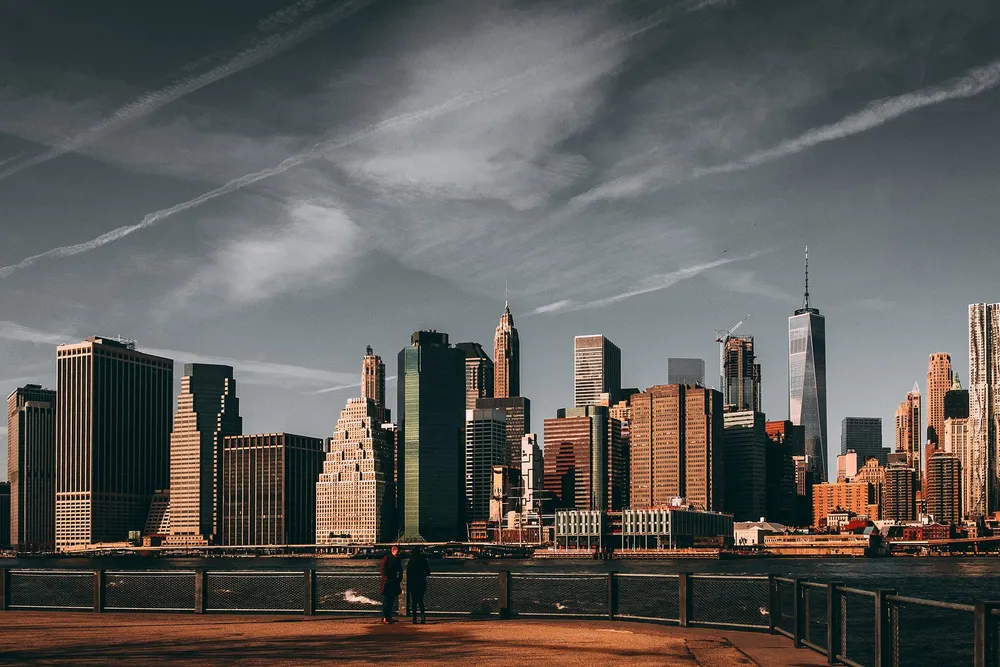New York City eyes new solution for dirty grid as offshore wind collapses
The power supply of the US' largest city is 90% fossil fuel-fired, prompting need for power line to bring upstate renewable energy downstate

The nation’s largest urban region, New York City, also has one of its dirtiest grids, relying on a fleet of aging oil and natural gas generation plants for over 90% of its electricity.
Offshore wind had been slated to clean up this downstate region that includes Long Island, which is near some of the nation’s richest shallow water resources in the Massachusetts and New York Bight wind energy areas.
The sector failed to take flight, though, and the more than 8GW once under contract has been reduced to 1.8GW, victims of spiraling inflation and financing costs, supply chain turmoil, and now, Trump.
“Earlier this year, action at the federal level caused most developers of offshore wind projects that would have interconnected in New York City to abandon their plans for the foreseeable future,” the city said in a filing to utility regulator Public Service Commission (PSC).
Now the city is plumping for a major new power line to bring upstate clean energy to the downstate market.
Clean Path in frame
Clean Path NY (CPNY), a 175-mile (282km), 1.3GW power line that would connect rural Delaware County to Queens Borough, New York City, had previously been approved and contracted by state regulators as part of a larger portfolio of generation and transmission assets under development by a joint venture of energyRE and Invenergy.
The project fell apart amid skyrocketing inflation and financing costs in 2023 when it was cancelled by the developers.
CPNY was subsequently revived by state-owned utility New York Power Authority (NYPA) which is petitioning regulators to designate it a Priority Transmission Project (PTP), allowing it to sidestep the grid operator's lengthy permitting regime and go into operation as soon as 2029.
The date is critical: state law mandates a 70% clean energy grid by 2030.
With the nation’s third largest hydropower sector and substantial nuclear capacity, New York is already at over 50% clean power generation, but this is bottlenecked in the upstate region, where it generates 90% of the load.
Expanding transmission between the two regions across New York Independent System Operator (NYISO)’s grid will likewise enable renewables expansion beyond hydropower.
The need is not only about meeting climate objectives, as power demand is growing throughout the state as major industrial investments, including a massive semiconductor plant by Micron, come online throughout the end of the decade.
“The grid is undergoing rapid and instrumental change,” said Rich Dewey, NYISO CEO. “We continue to observe declining reliability margins while forecasting a dramatic increase in load. It’s imperative during this period of transition that we maintain adequate supply to meet growing consumer demand for electricity.”
NYISO has already identified potential capacity shortfalls this year, prompting the delayed closure of several peaking plants until another transmission line, the 1.25GW Champlain Power Express (CHPE) currently in construction is completed next year.
CHPE will bring hydropower from Quebec, Canada, to the downstate region but is not expected to deliver much during the winter, when this power will be diverted to serve the Canadian market. CHPE “will not fully address New York City’s long-term, year-round need for zero emissions supply resource,” the city said in its filing.
If approved, NYPA will likely partner with private sector developers that may include the original proponents, energyRE and Invenergy, operating as Forward Power.
“If the PSC makes Clean Path a PTP, we stand ready to compete with other developers to deliver on a project that will enable New York to simultaneously meet increasing demand and cut carbon pollution, keeping the state on track to achieve its climate goals,” said a spokesman for Forward Power.
(Copyright)